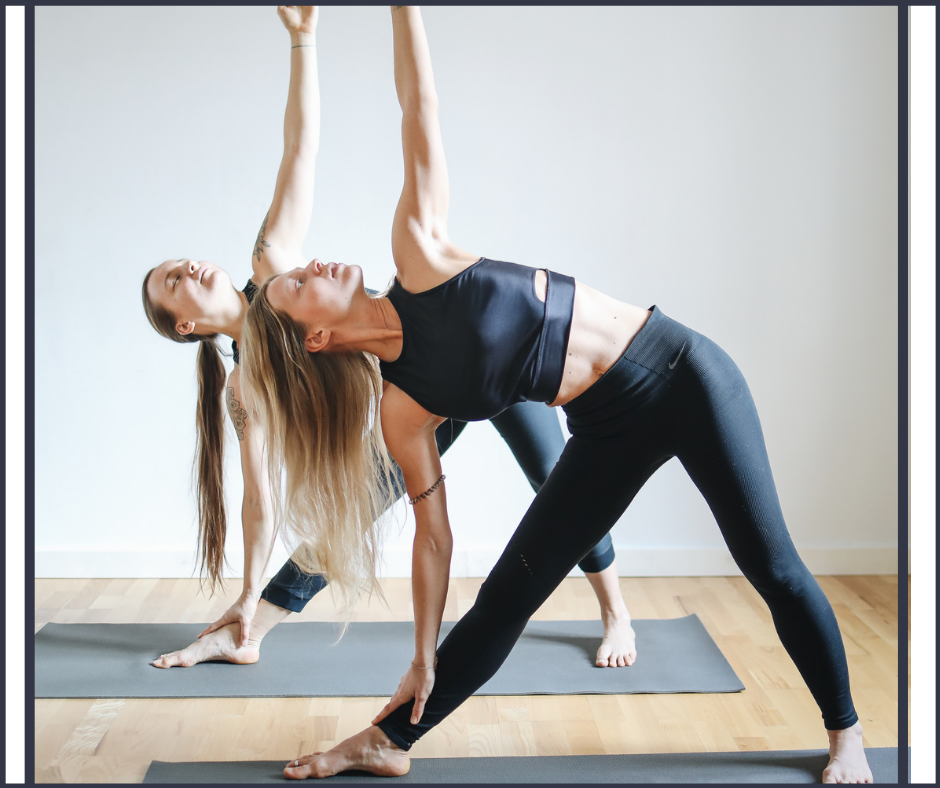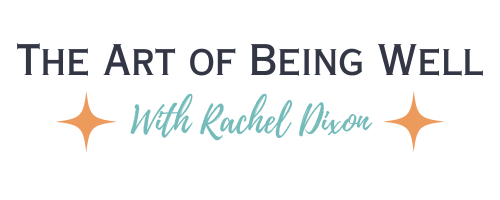
People in pain spend a lot of money seeing professionals who treat the area of pain. Postural Alignment looks at the body as a unit, instead of focusing on the area of pain. Postural Alignment sessions look to stack the body properly, from the feet up.
When properly stacked and moving properly, the human body has the ability to heal itself and be free from pain.
How are you stacked?

What Makes This Program Different than an Exercise Class?
- Postural Exercises stack your body. They do not increase cardio.
- Learn how to do the work yourself, at home.
- No specialized equipment required.
- Exercises that meet you where you are and can be progressed.
- Exercises that make you feel better.
- Continue to maintain your results for the rest of your life.
- An approach that deals with the root cause of the problem, not just the site of the pain.
Ways to Work with Me
Functional Feet and Functional Posture
Call for a Free Posture call to see if this is a good fit for you...
508-364-2380
Single Session Posture (for existing Massage clients only)
In-Person or Virtual (1:1)
Single Session- $150 1 hour, (emailed routine, 2 week follow-up emails)
PTX Series affiliate link- $50 30 min appointment to fill out the PTX assessment correctly-If you use my PTX affiliate link follow-up sessions available on a 1:1 basis during the first three months. PTX links: 90day $249.00/ 1 year $299.00 to PTX
The Being Well Transformation
4 weeks (5 sessions) of coaching including the following:
- Personalized action plan for chronic pain/stress management/Wellness
- 4 1:1 coaching/self care sessions (scheduled weekly)
- 4 weeks of access to Rachel via email or voxer (replies during work hours)
Value: $1000 Call for package deals
Would you benefit from Postural Alignment Therapy?
To see how your body is stacked, try to following: Be in front of a mirror if possible, or have someone take a picture of you top to bottom.
- Stand up. Step back and forth, get comfortable in your usual position. (Close your eyes if safe to do so). Feel the weight that is in your feet. Is the weight equal left to right, or is more weight on one foot? Is your weight through your ankles or in your mid foot?
- Open your eyes and look down at your feet. Are they pointing straight ahead? Out like a duck? Are they doing the same thing, or are they in different directions?
- What about your knees? Are they pointing straight ahead?
- Place your hand at your hip bones. Is one higher than the other?
- Look at your shoulders. Is one high than the other? More forward than the other?
- Is your head tilted to one side?
- From the side, is your pelvis forward of your ankles or shoulders? They should be alls tacked straight up. Is your head forward of your pelvis?
If you answered yes to any of these questions, Postural Alignment is a good choice.
Sedentary lifestyle with limited range of motion leads to painful but avoidable consequences.... These can be reversed with the proper stimulation.
FAQ:
Where did you get your training?
I am a certified Postural Alignment Specialist through Egoscue University. I also have had training and education through Aligned and Well, The EBFG (Exercise Barefoot Global Academy), Functional Movement Therapy, RockTape professional education, and more.
Why did you study posture and functional exercise?
This was the piece that was missing in correcting chronic pain through massage. The postural work complements massage really well in that massage released or changes tissue tension, but sometimes people need to "build up" or stimulate/stabilize their muscles. I've had more people with issues lately with uneven or weak muscles in their hips/pelvis especially--they have a pelvises shifted way forward. Often times with an anterior pelvis, externally rotated hips, and everted feet. Postural alignment sessions takes people through a series of e-sizes (they stretch or stimulate, sometimes simultaneously) to reduce rotation in the pelvis and hips, neutralize pelvis (getting both sides to work together(, engage the deep stabilizers, and tie it all together globally.
How do you get to know a client's postural deficits/needs?
I generally start by an initial massage since my hands have twenty years of touch education and I instinctively "feel" what is going on in the body. For example: in a massage I feel where there is uneven tension between the ligaments and muscles in the sacrum (a place that should be equally right to left), I feel rotations in the shoulders, I feel when the ribs (which should be slightly mobile) are rigid, I feel when one calf is tight on the same side as a low tone glute and a foot bunion. Then I look at the body. The body should be equal right to left, front to back, and top to bottom. The main points (ankles, knees, shoulders, and head) should be pointing forward. When they aren't, it means there are differences in how the body is being used. When we use our parts differently we overuse some parts and lack properly stimulating others, a necessary nutrient to a healthy body.






